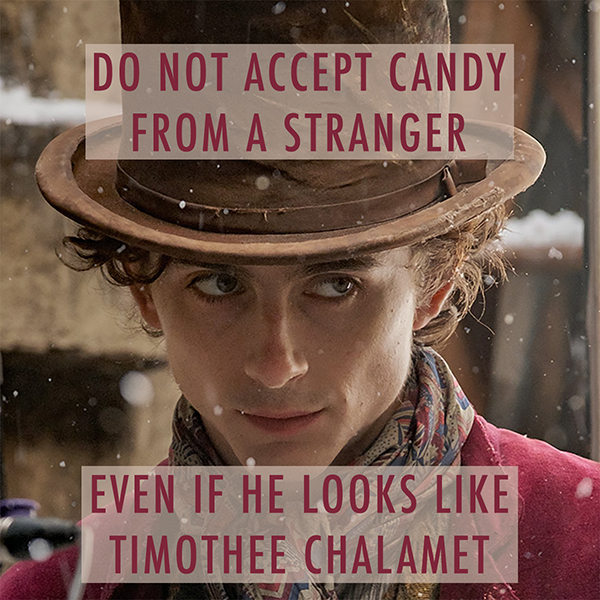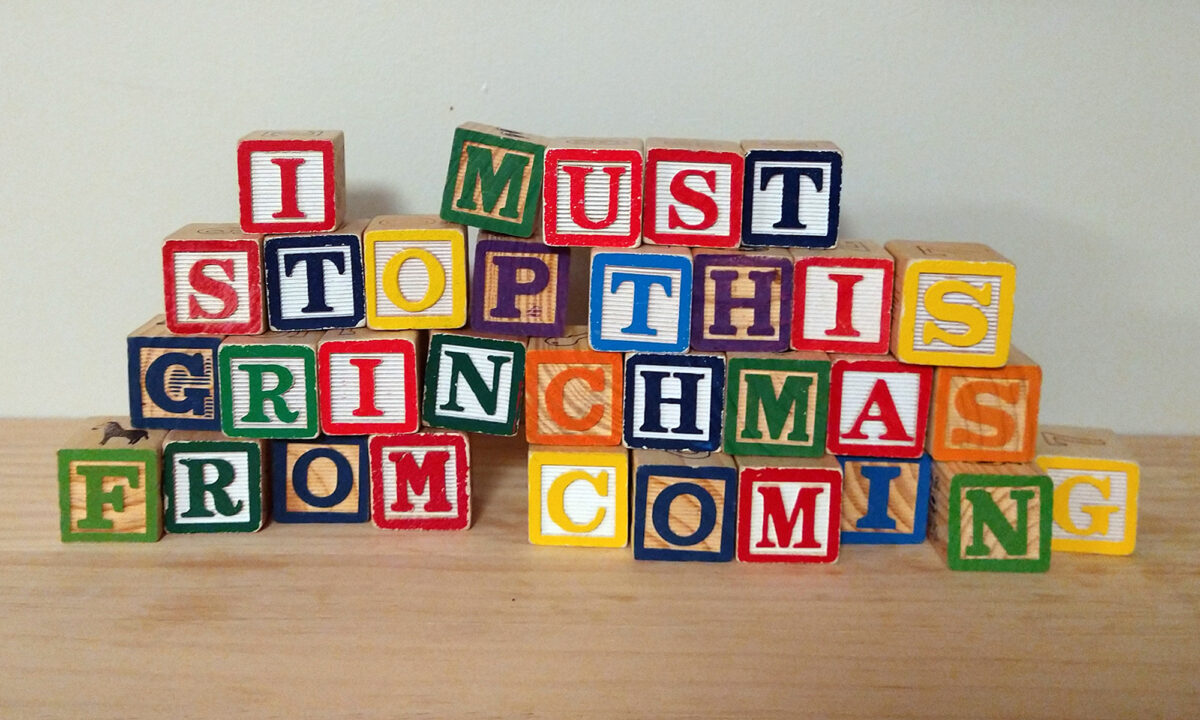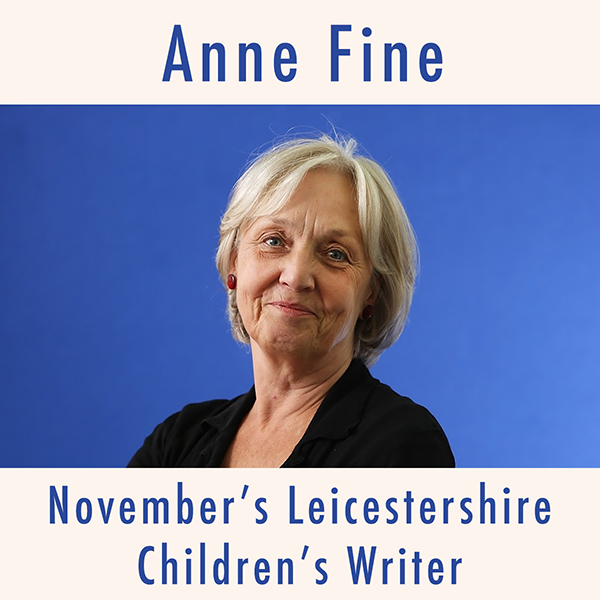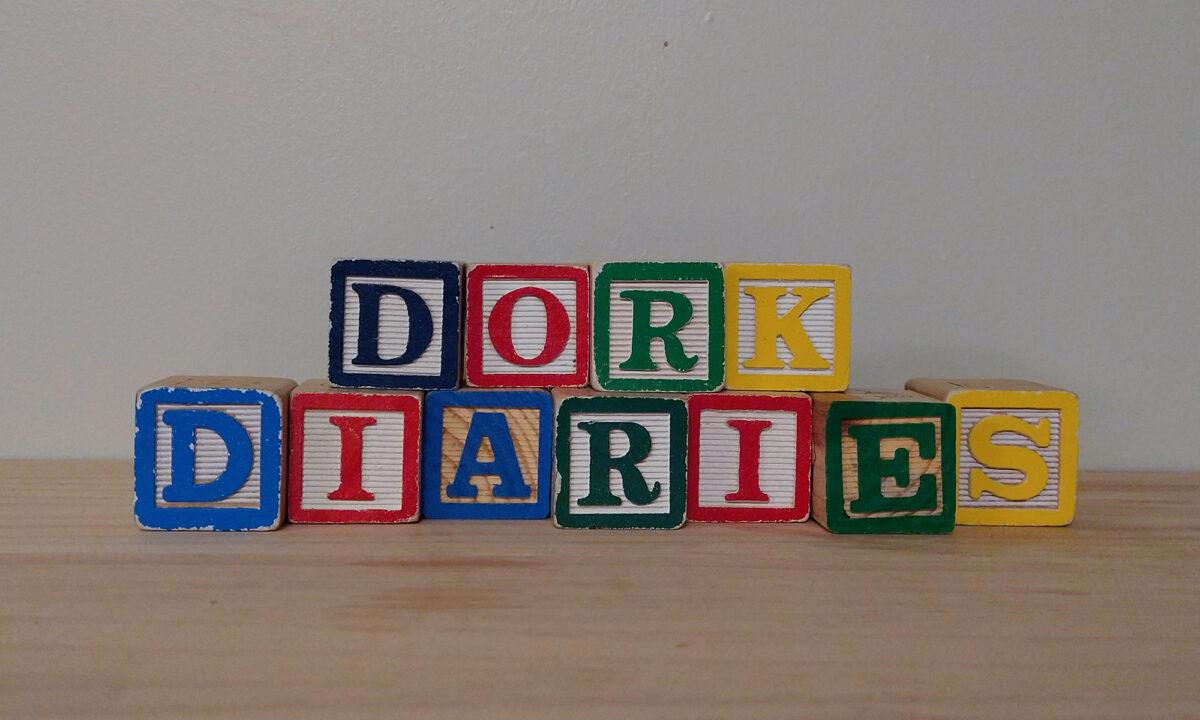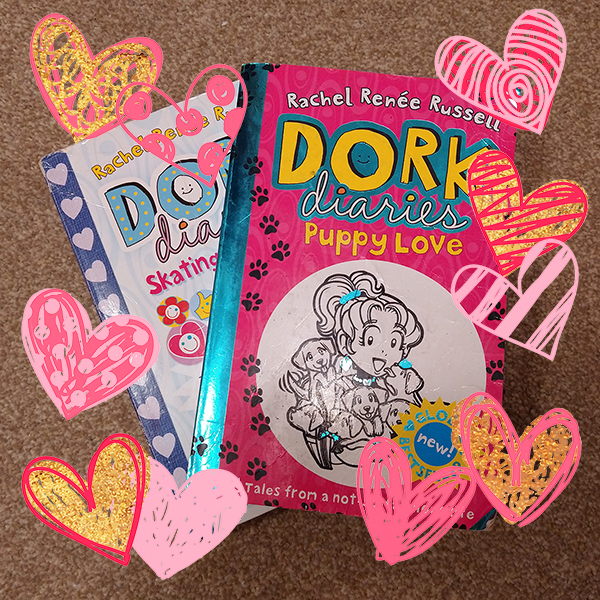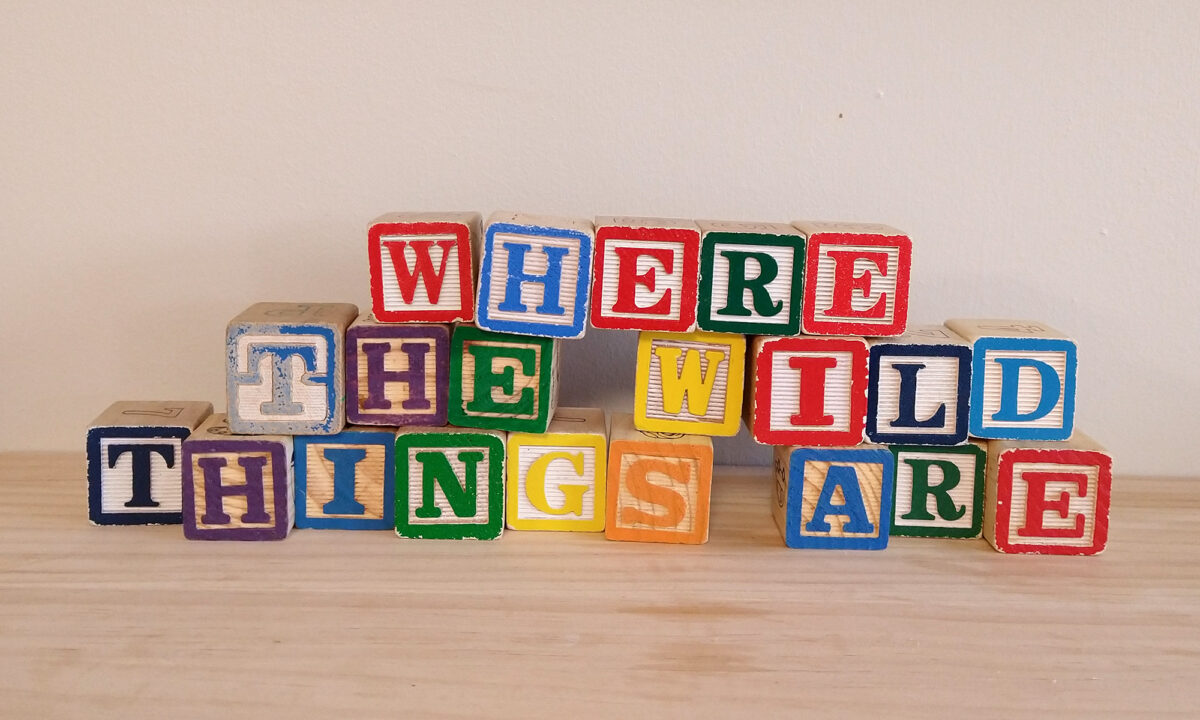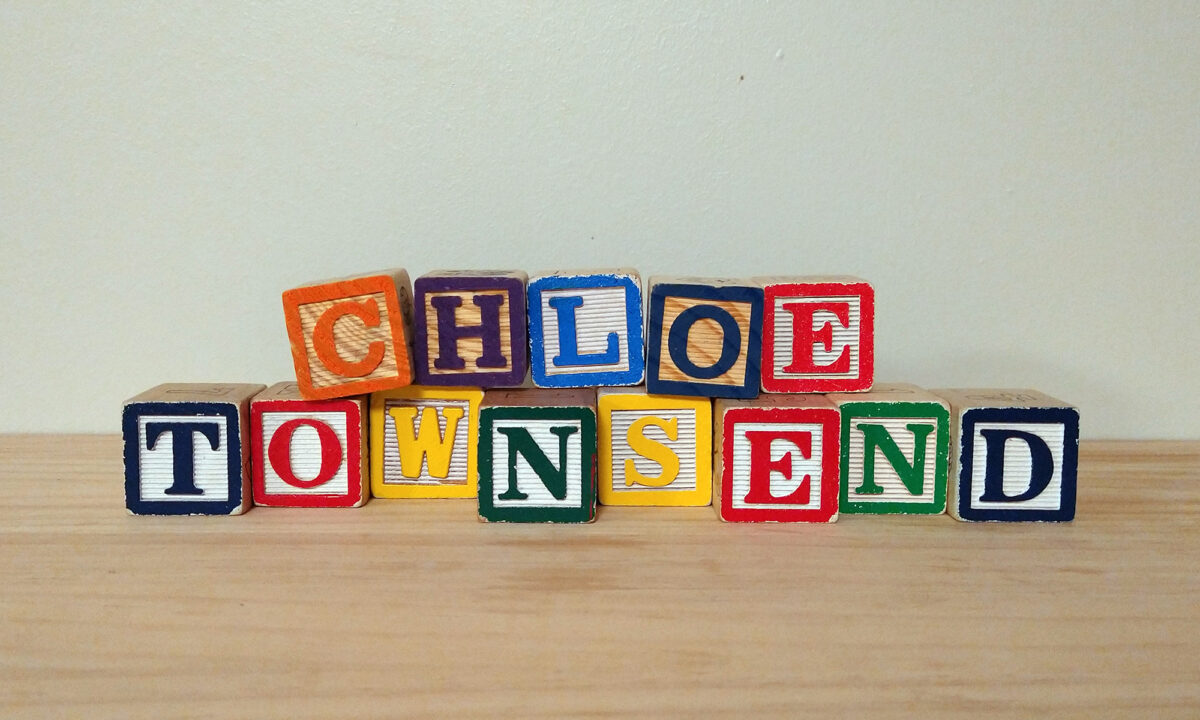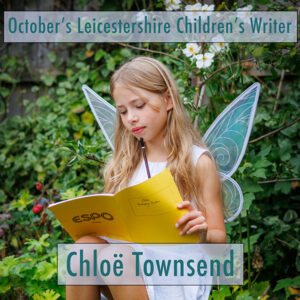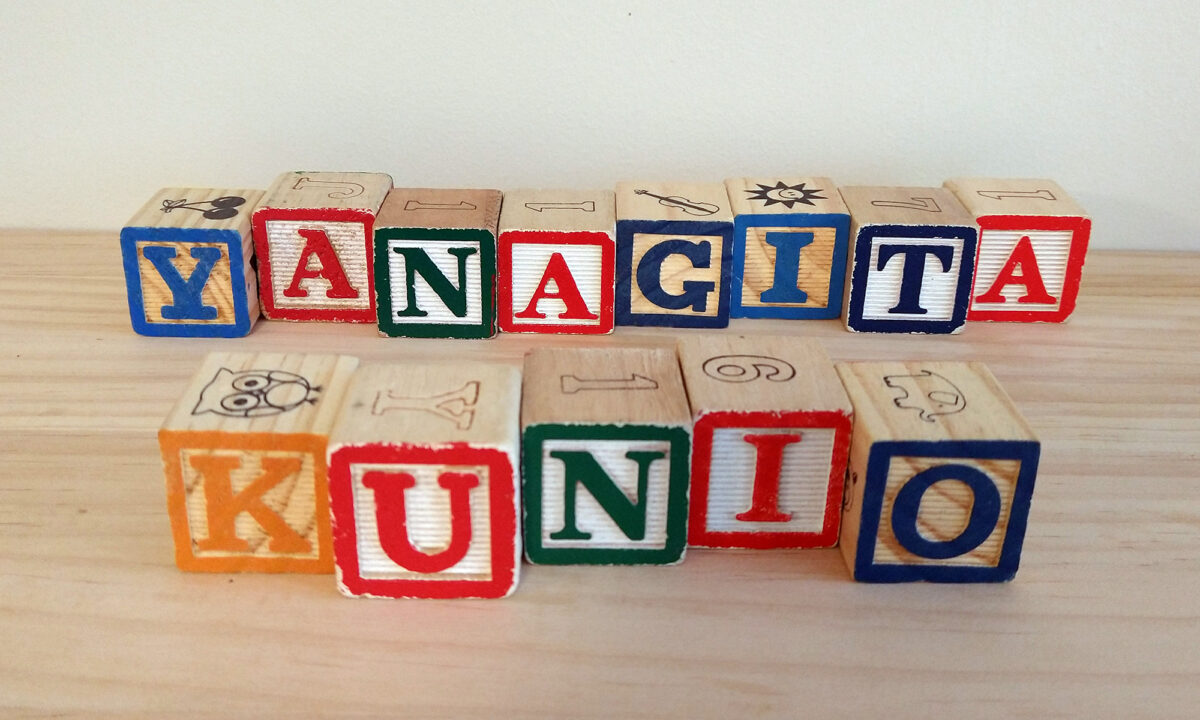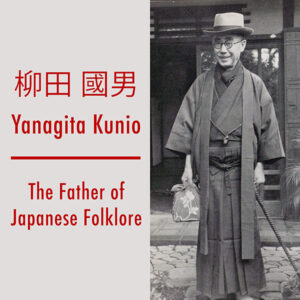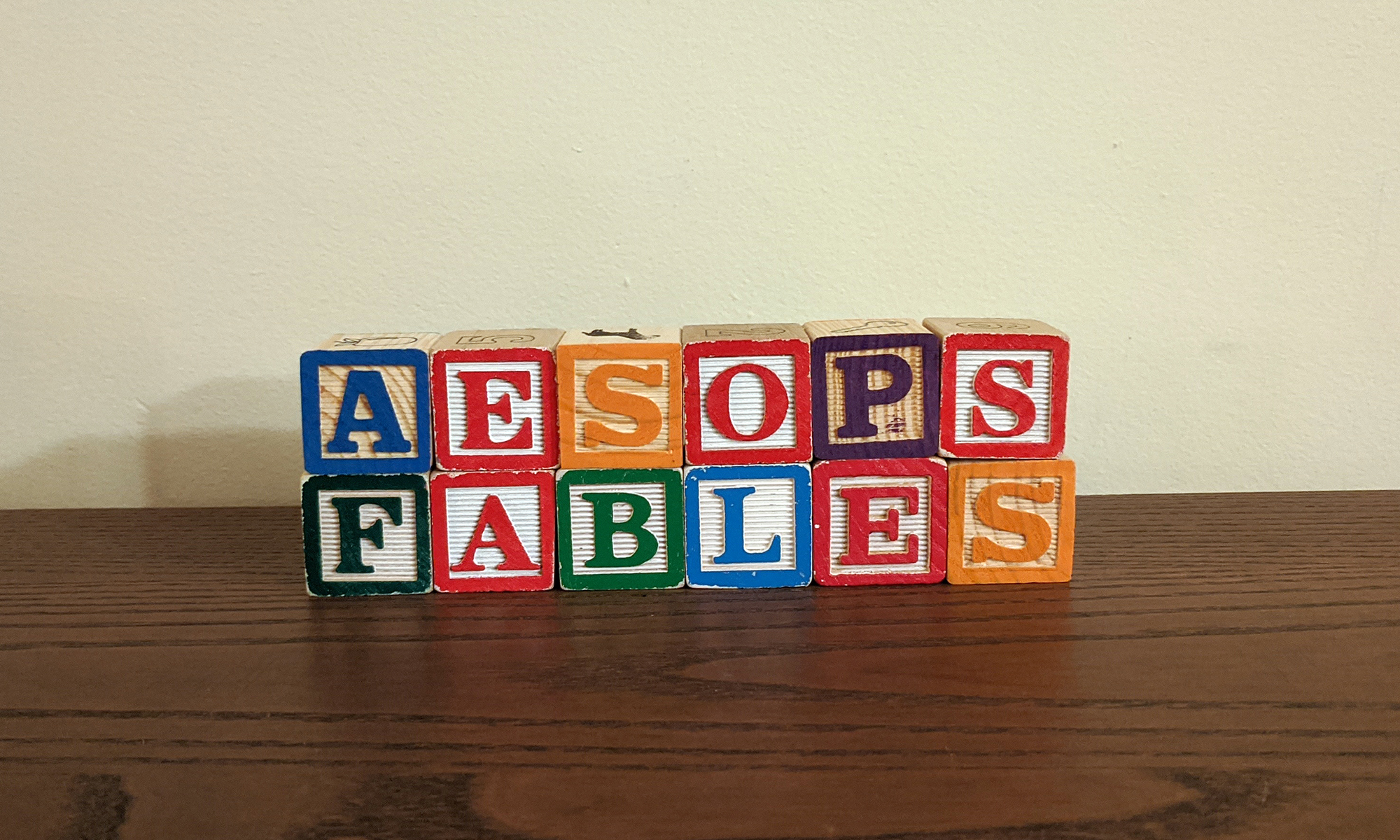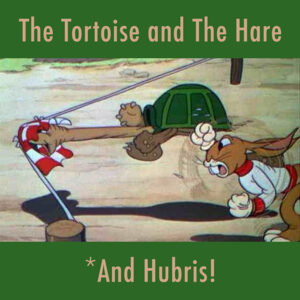Bambi: A Life in the Woods was published in 1923 as a warning to Jewish people. Its author Felix Salten accurately foresaw the coming danger during the buildup to World War II, and wrote a novel that somehow mixes an anxious call for self-preservation with stirring love for the natural world and respect for the preciousness of life.
As a Bildungsroman, or coming of age story, Bambi is the perfect book to give to teenagers, who will be engrossed not just by its surface level story of animals learning to survive in a dangerous world, but also its moving parable about the plight of European Jews in the 1920’s.

Activity: Habituation
Have students research the phenomenon of how animals become habituated to humans. They should understand how animals lose their natural fear of humans, why this is dangerous for both humans and animals, and what negative consequences result from this problem. There are many reliable sources of information about animal habituation, such as this page from the US National Park Service about animal habituation in the Grand Canyon.
After studying habituation, have students write an essay or engage in a discussion about how the character of Gobo in Bambi: A Life in the Woods had become habituated, and why this lead to his early death.
Activity: Salten’s Warning to Jews
While teaching students about the rise in anti-Semitism during the buildup to World War II, have students read Bambi: A Life in the Woods. Ask students to reflect upon the mixed feelings that this book can produce. It can seem fatalistic and depressing in some moments, but also hopeful and happy in others. The character of Gobo provides the starkest warning to Jews, serving as a symbol of those who do not take the threat of anti-semitism seriously. Have students write an essay that breaks down the symbolism of Gobo’s character and experiences, and ask students to consider whether anything realistically could have been done to save him.
Music in this Episode
Melodies from Das Lied von der Erde by Gustav Mahler
